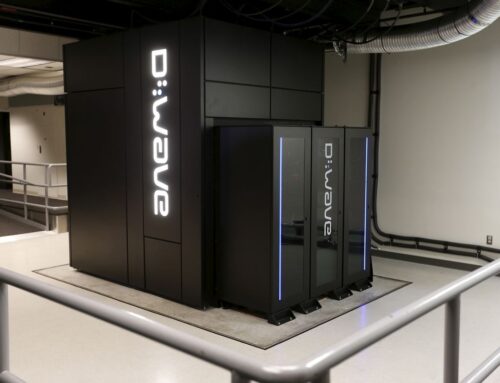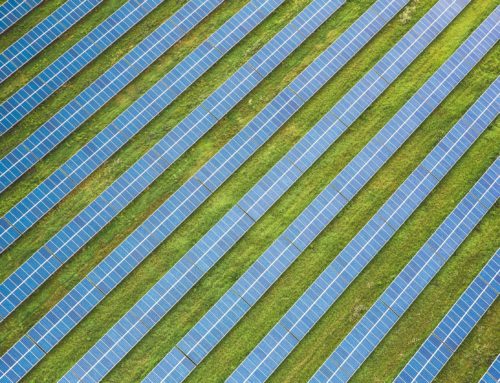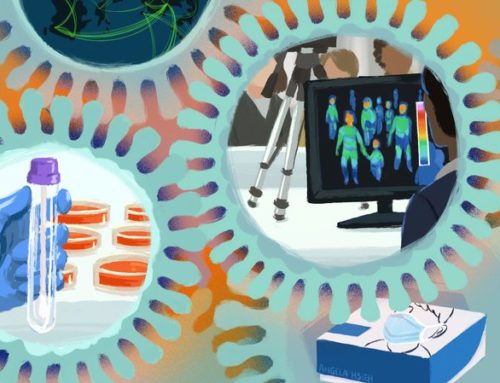Part 1 of 3: Monitoring
Gabriella Skoff
The first instalment in our Environmental Security series examines how quantum sensing can help to better monitor our natural environment, a function for which we already heavily rely upon satellites. Quantum technology promises to extend these capabilities, providing greater accuracy and security. As with all things quantum, the capabilities of quantum sensing applied technologies go far beyond what has traditionally been possible.
Quantum sensing allows us to monitor, detect and study the environment by gathering large amounts of data, enabling us to make more reliable decisions with the vast amounts of information in hand. These capabilities can have a vital impact for disaster preparedness especially, by enabling us to detect even the smallest meteorological disturbances that could ultimately lead to catastrophic natural disasters. Some budding applications in this space include the ability to accurately detect potential earthquakes and volcanic activity.
With other applications that promise to improve telecommunications and navigation, quantum sensing may be first to reach the commercial market. However, with the immense promise this technology brings to the monitoring and sensing of environmental data, it will also bring legitimate threats and challenges. The further development and application of this technology will undoubtedly see higher levels of surveillance, sure to solidify its position as a supremely valued military tool. On the other side of the coin, this same technology will enable quicker and more effective search and rescue procedures in a post-disaster context, natural or otherwise.
The field of quantum sensing or quantum metrology is largely reliant on earth-orbiting satellites for the monitoring, collection and transmission of data. Satellites are absolutely critical to environmental security infrastructure. They are responsible not only for the gathering of key data about the environment such as air temperature, wind, sea surface temperature and soil moisture, but also the monitoring of arable land, deforestation and urbanization. The constant and reliable monitoring of these environmental factors allows populations an increased level of environmental security.
With the advent of the quantum age, satellites—this crucial component in the internet of things—will become vulnerable to hackers and ill-doers. In this future scenario, all data produced by satellites will be susceptible to corruption or complete obliteration. This would have a disastrous impact, not only for issues of environmental security but for our entire infrastructure, including electric, water and transportation. Luckily, another quantum application in the development stage promises to confront this threat. Quantum cryptography allows for a quantum-secure communication, a feat that has already been provisionally achieved by China via its Micius satellite.
Responsible innovation will be paramount in quantum sensing technologies. Satellites have long been considered a security apparatus, but their militarization is only just beginning. In order to ensure that quantum-enabled satellites deliver as much on their promise for environmental security as for military security, it is crucial that their development for this purpose be prioritized and that the full scope of their potential impact be intelligently understood.
Click here for the second instalment in our Environmental Security series.







Leave a Reply